How to Prevent and Get Rid of House Dust Mites
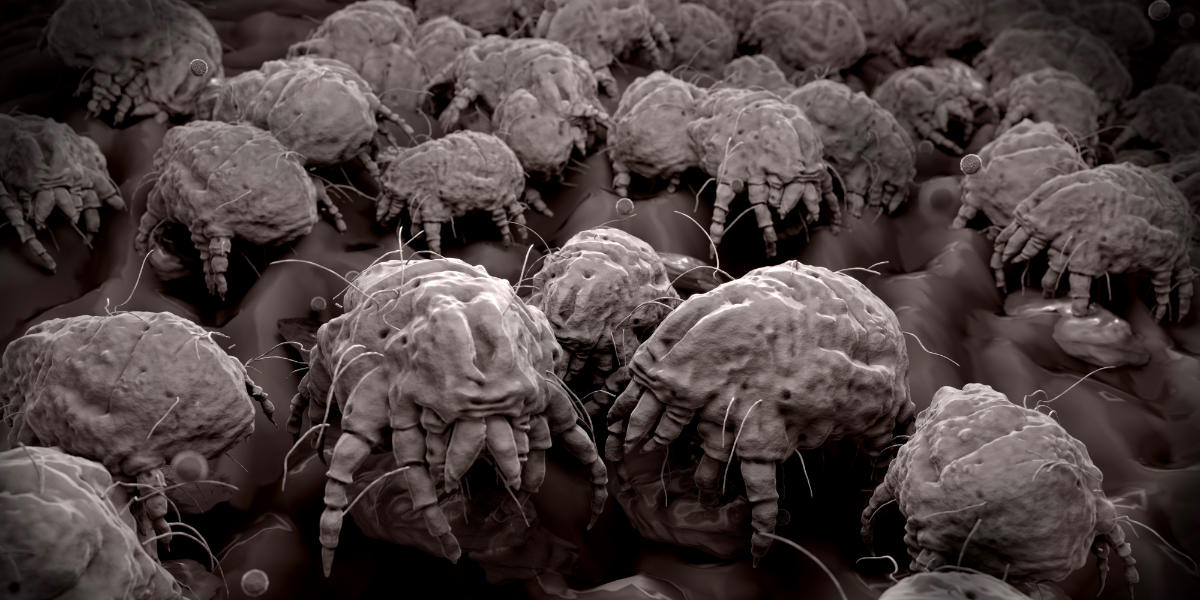
Though you would never be able to sense their presence, dust mites are a cause of aggravation to many. These tiny creatures hide in dust all over our houses without us knowing, leaving up to 20 droppings a day, which is bad news for allergy sufferers. So what can you do about this common pest? In this guide, we’ll go through everything you (might not) want to know about dust mites.
What are dust mites?
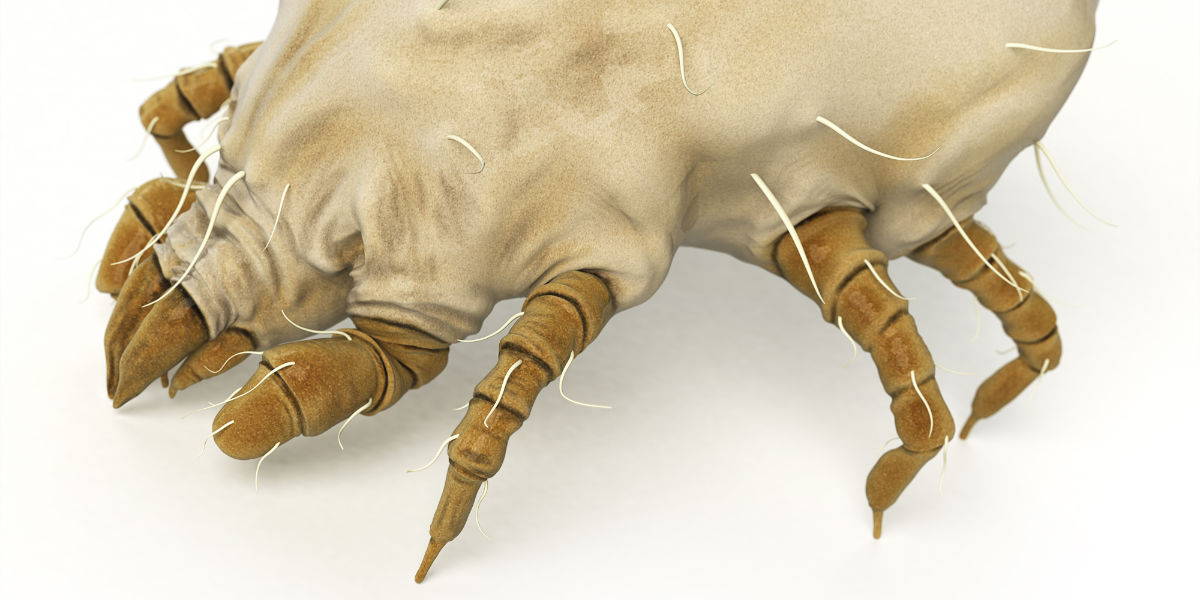
Dust mites (sometimes known as house mites) are tiny, microscopic creatures that can be found pretty much anywhere humans can. They are a type of arachnid, but luckily aren’t as big as spiders – dust mites are invisible to the naked eye. Under a microscope, they appear translucent and have eight legs.
Dust mites are found in our homes as they feed on the dead skin shed by humans and pets. They are most commonly found in living areas such as the bedroom or living room, as we tend to shed skin on linen such as clothes, bedding, soft furnishings and upholstery.
What is the life cycle of a dust mite?
This depends on its environment and the species. On average, male dust mites live for 10-19 days. Females, on the other hand, may live for up to 70 days.
Females lay up to 3 eggs per day, which hatch after around 6-12 days. Before becoming an adult, larvae will go through two nymphal stages.
Do dust mites cause allergies?
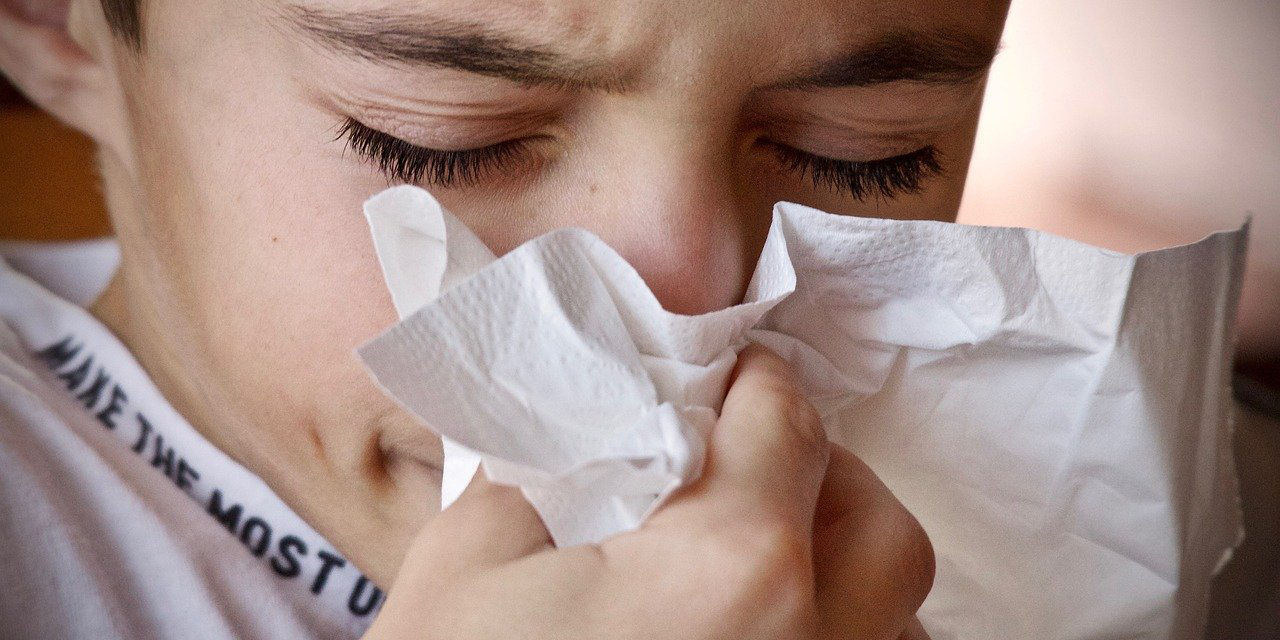
Dust mites are one of the most common allergens, particularly for people with conditions such as eczema, asthma and allergic rhinitis. Dust mites, along with their faeces, are often the culprit when it comes to itchy, watery eyes, sneezing and a runny nose. You don’t need to worry about dust mite bites though – they only feed on skin that has been shed, not that of live mammals.
It is advisable to wear a mask while cleaning, as dust tends to fly up and cause further irritation. There are also prescription nasal sprays available to buy, but these will only temporarily relieve the problem as it does not tackle the root cause.
How to prevent dust mites
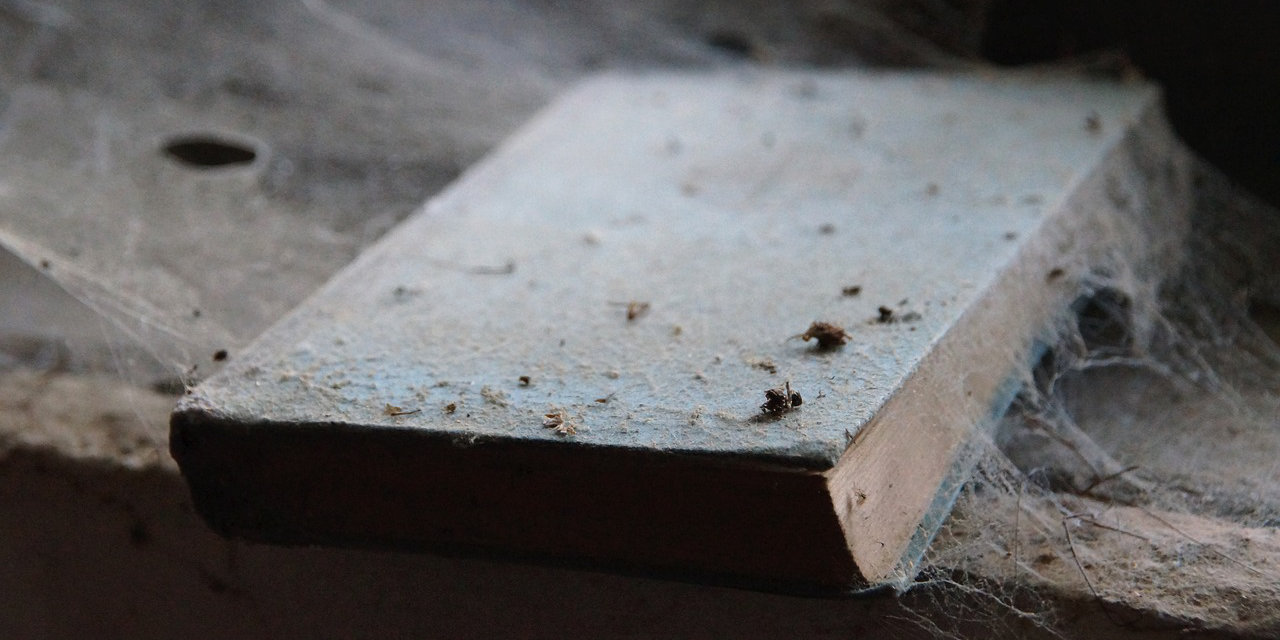
Dust mites enjoy warm climates, especially those with moisture, as they absorb it from the air around them rather than drinking water. It may, therefore, be a good idea to purchase a dehumidifier and try and reduce any damp in your house.
It goes without saying that you should regularly clean around the house in order to remove dust, so as not to provide a habitat for dust mites. Use special furniture dusting spray and make sure to pay attention to often-missed areas, such as awkward corners, nooks and crannies, under beds and furniture, and between appliances.
How to get rid of dust mites
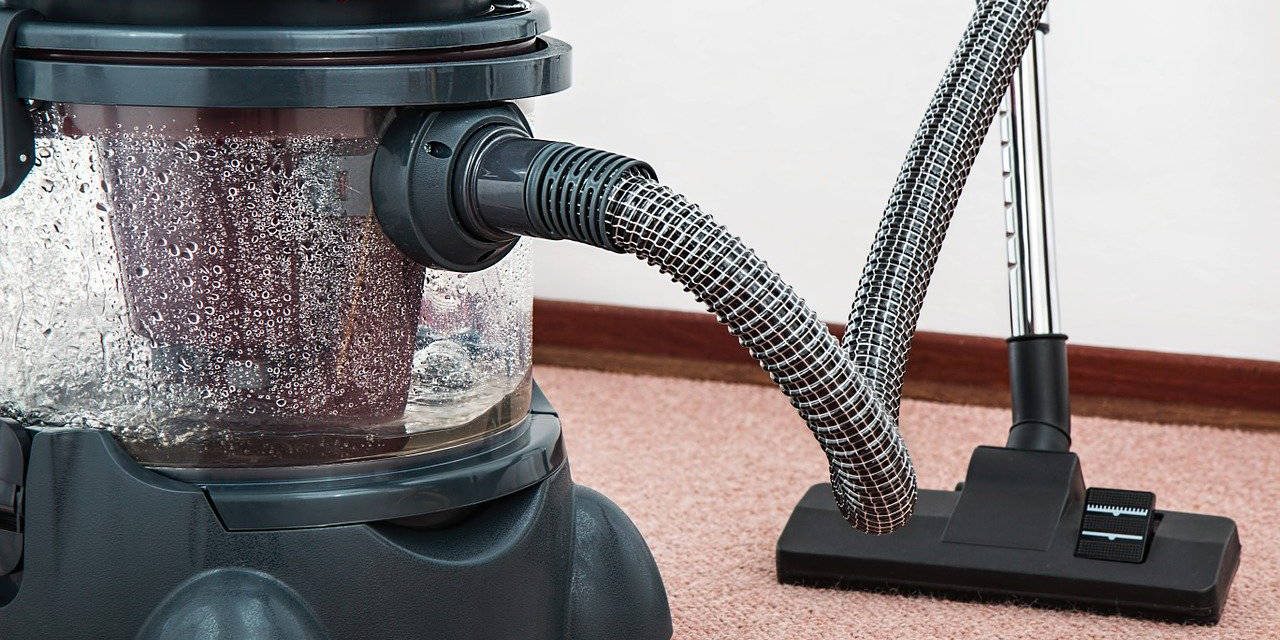
To get rid of dust mites it makes sense to remove their home or make it uninhabitable. Dust mites love fibre-based surfaces, so replacing carpets and rugs with hard floorings such as tiles or wood will mean that dust mites can no longer hide in fibres and you can actually remove them whilst vacuuming.
However, a complete flooring overhaul is rarely feasible, so we recommend you contact experts such as Pest Defence to combat the problem. We can apply specialist products to help find a solution to your dust mite problem.
Dust mite facts & FAQs
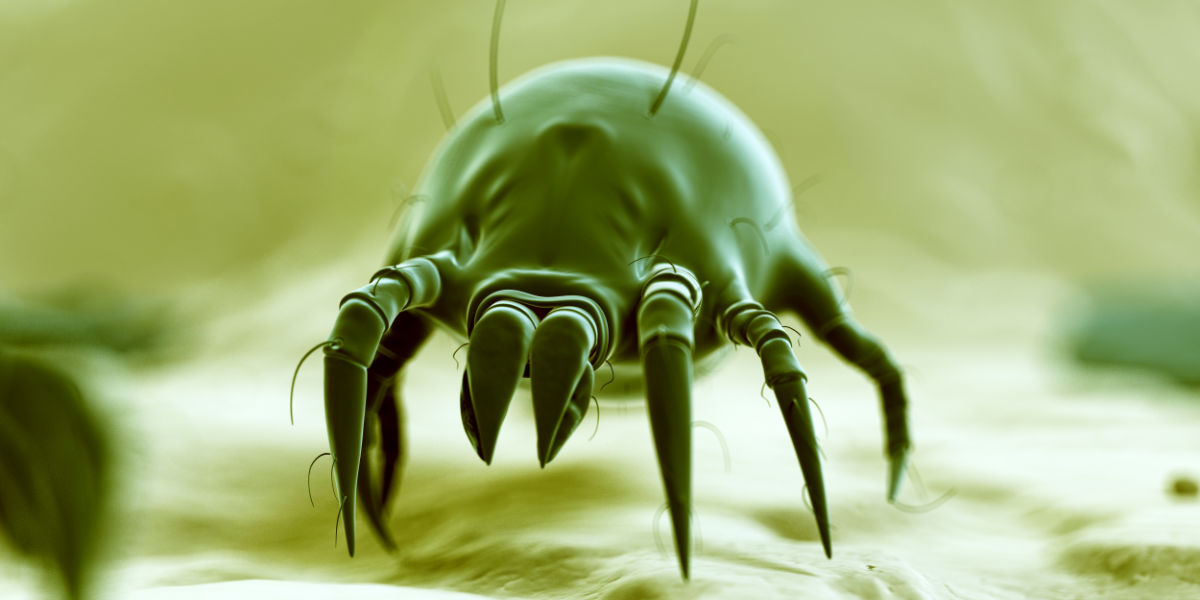
Where do dust mites hide?
Dust mites can be found anywhere there’s dust. The highest numbers of dust mites are found in the bedroom, as dead skin tends to be shed mostly onto bedding and laundry.
Do dust mites bite you?
No, dust mites are not parasites and will not bite – they feed on the dead skin shed by humans and pets.
Can dust mites live in your hair?
No, dust mites don’t live in human hair.
How do you kill dust mites?
To kill dust mites without chemicals you can resort to extreme heat (e.g. washing linen at high temperatures) or extreme cold (e.g. putting linen in the freezer for 24 hours – though this isn’t recommended).
Are dust mites in all dust?
Although they aren’t visible, there can be hundreds or thousands of tiny dust mites in just one gram of dust!
How small are dust mites?
Dust mites are around 0.2-0.3mm in length – barely visible to the naked eye.
Can dust mites make you itch?
Dust mites can cause itchy, watery eyes. If you have a dust mite allergy, you may also experience itchy red bumps on the skin.
What do dust mites look like?
Dust mites are not detectable to the naked eye, but under a microscope, they appear translucent and have eight legs.
Pest Defence is a professional team of experts specialising in pest control and extermination. We operate throughout Colchester, Chelmsford and Brentwood and even offer a 24-hour emergency callout service. If you have a pest problem, be sure to contact our friendly team today to find out how we can help.


